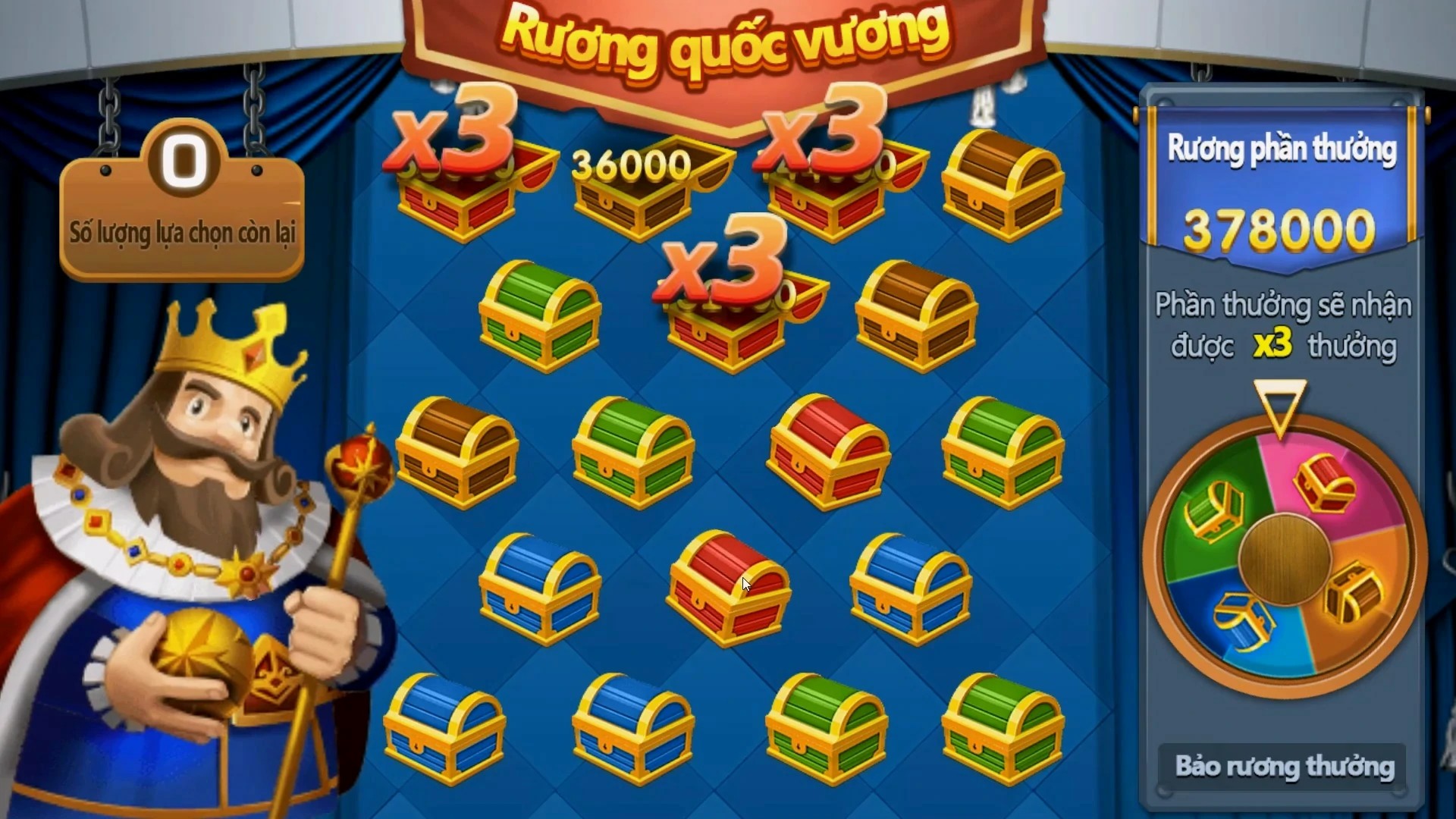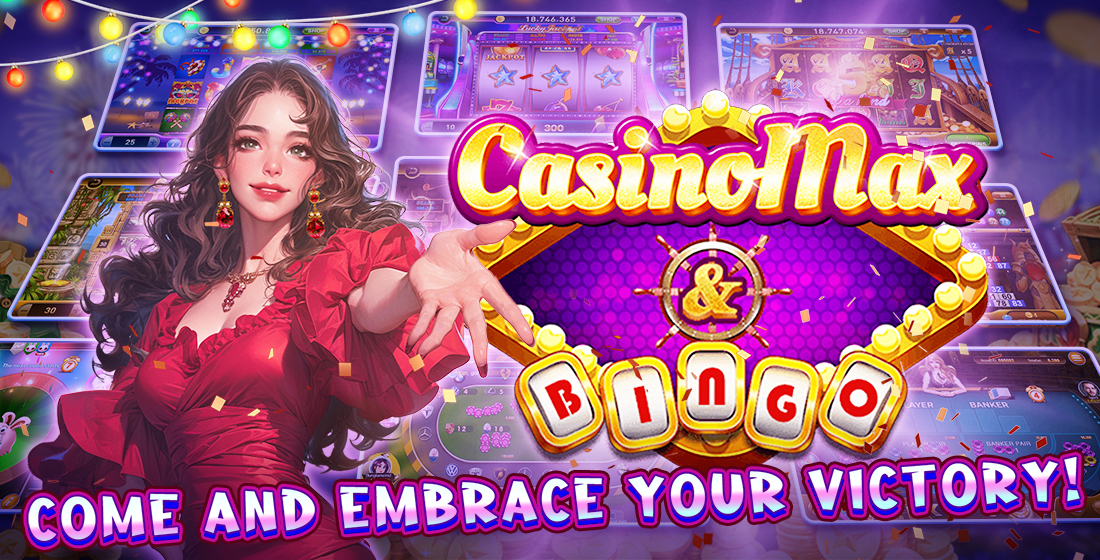Unlocking Learning: How Multiplayer Educational Games are Shaping the Future of Learning
The Rise of Multiplayer Games in Education
Over the past few years, multiplayer games have taken the educational sector by storm, transforming how both teachers and students engage with learning. These games, designed specifically to educate while entertaining, have the unique ability to bring learners together regardless of their location. By fostering collaboration and friendly competition, educational games help ignite a passion for learning that traditional methods struggle to achieve.
Understanding Educational Games
Educational games are digital platforms that incorporate elements of gaming into the learning experience. They can vary from quizzes to full-fledged role-playing experiences but the goal remains the same: to educate and engage students in a fun and interactive environment. A key feature of these games is their focus on skill development, problem-solving, and critical thinking.
Multiplayer Games: A Collaborative Learning Space
One of the prime advantages of multiplayer educational games is the collaboration they inspire. Players must often work in teams to achieve common goals. This teamwork fosters critical social skills such as communication, cooperation, and leadership. As students navigate challenges together, they learn from each other's strengths and weaknesses, encouraging a peer-learning environment that can be immensely beneficial.
A Closer Look at Popular Multiplayer Educational Games
- Minecraft: Education Edition - A creative platform that allows students to explore various subjects through building and design.
- Kahoot! - An interactive quiz game that can be used to review topics or introduce new materials.
- Fortnite Creative - While primarily a battle royale game, its creative mode enables players to build educational experiences together.
Features That Make Educational Games Effective
Let's explore some essential features that contribute to the effectiveness of these games in learning:
- Engagement: Utilizing engaging visuals and interactive elements keeps students motivated.
- Immediate Feedback: Players receive instant feedback, which is crucial for understanding strengths and areas for improvement.
- Customizable Difficulty: Games can adapt to the varying skill levels of students, ensuring everyone feels challenged yet not overwhelmed.
Case Study: Clash of Clans in Education
While many think of *Clash of Clans* as just another gaming app, it teaches strategic thinking. Players are required to build their villages and manage resources—skills that can carry over into real-life planning and resource management. The concept of earning free gems in the game can also serve as a lesson in investment and resource conservation.
Choosing the Best Multiplayer Games for Educational Purposes
The rise of educational multiplayer games leads us to ask: how do you choose the right one? Here is a simple table that showcases some popular choices and their educational benefits:
| Game | Type | Core Learning Outcome |
|---|---|---|
| Minecraft: Education Edition | Building & Design | Creativity and Teamwork |
| Kahoot! | Quiz | Knowledge Review |
| Fortnite Creative | Building | Creative Problem Solving |
The Role of Technology in Multiplayer Educational Games
Technology plays an instrumental role in the success of multiplayer educational games. From high-speed internet to the latest gaming devices, accessibility remains a challenge. However, advancements in technology have enabled richer experiences through improved graphics and seamless online interactions, bringing the world closer together.
Benefits Beyond Academics
Educational multiplayer games extend their benefits beyond academics. They help develop soft skills that are essential in the modern workforce. Here are a few:
- Problem-solving: What could be a more engaging way to address issues than gamifying problem scenarios?
- Resilience: Players learn to cope with failure—an invaluable lesson in any setting.
- Time Management: Many games challenge players to complete tasks within time limits, improving their time management skills.
Engagement Strategies
To make multiplayer educational games even more effective, educators can adopt various engagement strategies:
- Encourage Team Play: Promote collaborative efforts rather than individual competition.
- Incorporate Storytelling: Use narratives to engage players and give context to activities.
- Reward Systems: Implement a reward system that recognizes individual contributions and team successes.
Challenges and Solutions in Using Multiplayer Educational Games
Despite their benefits, there are challenges associated with using educational multiplayer games.
- Screen Time: Balancing screen time and offline activities is crucial.
- Game Selection: Not all games are educational; choosing the right ones requires research.
- Distractions: It’s essential to ensure that the focus remains on learning and not on casual gaming.
Conclusion: Shaping the Future of Learning
In conclusion, multiplayer educational games are changing the landscape of learning. By engaging students and promoting valuable life skills, these games can reshape how we perceive traditional education. As technology advances, the potential for even more immersive and interactive experiences is limitless. Embracing these games could potentially lead to enhanced interest in learning and greater success in educational outcomes.



